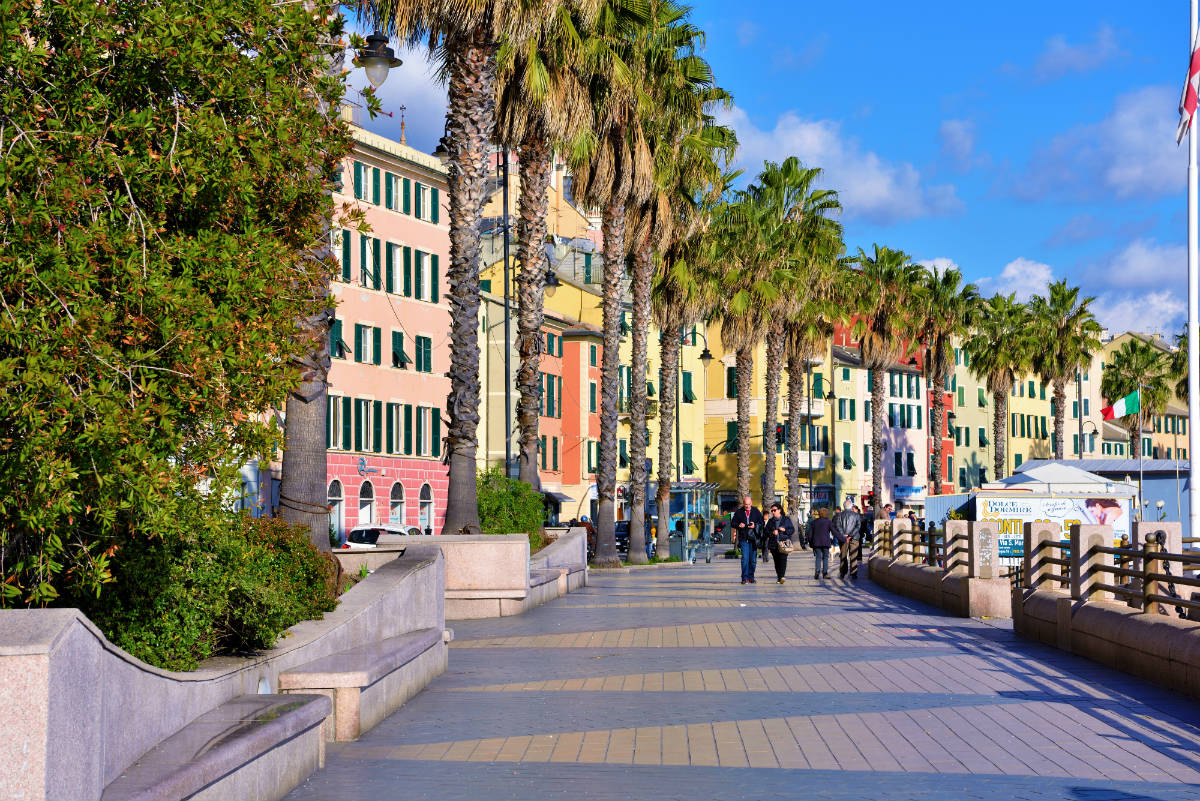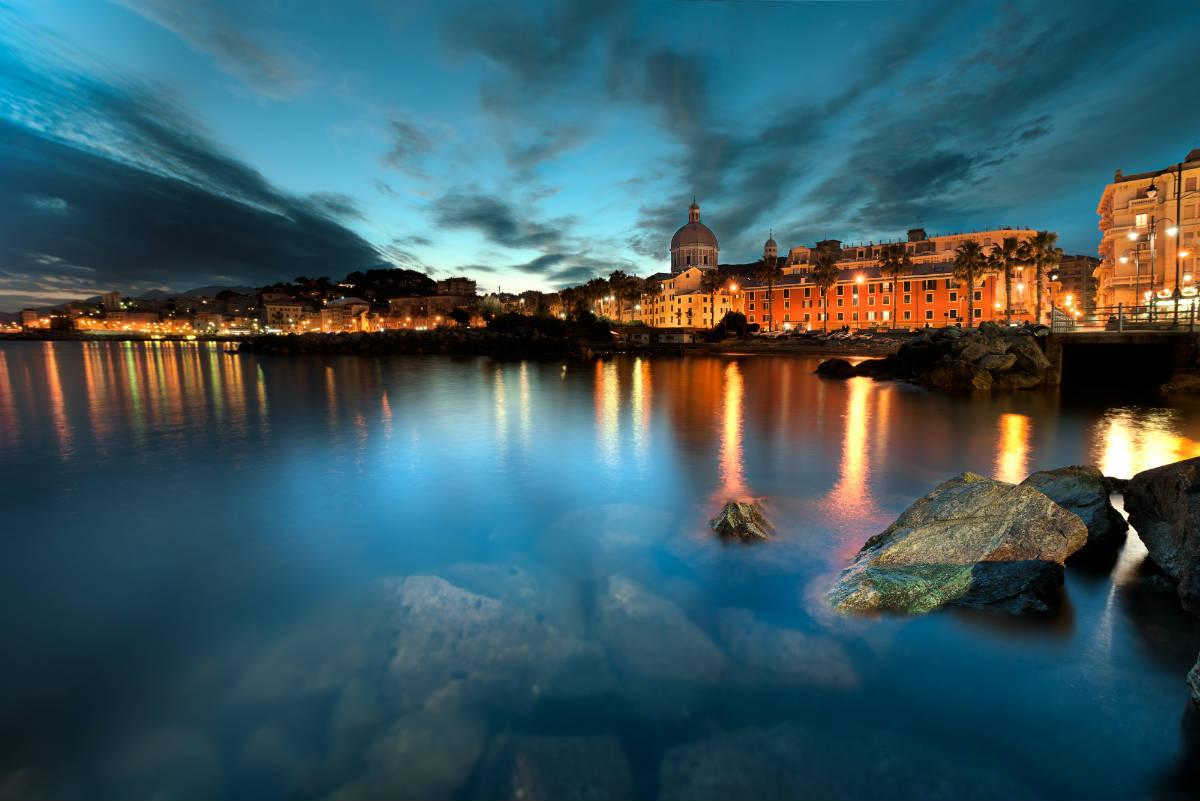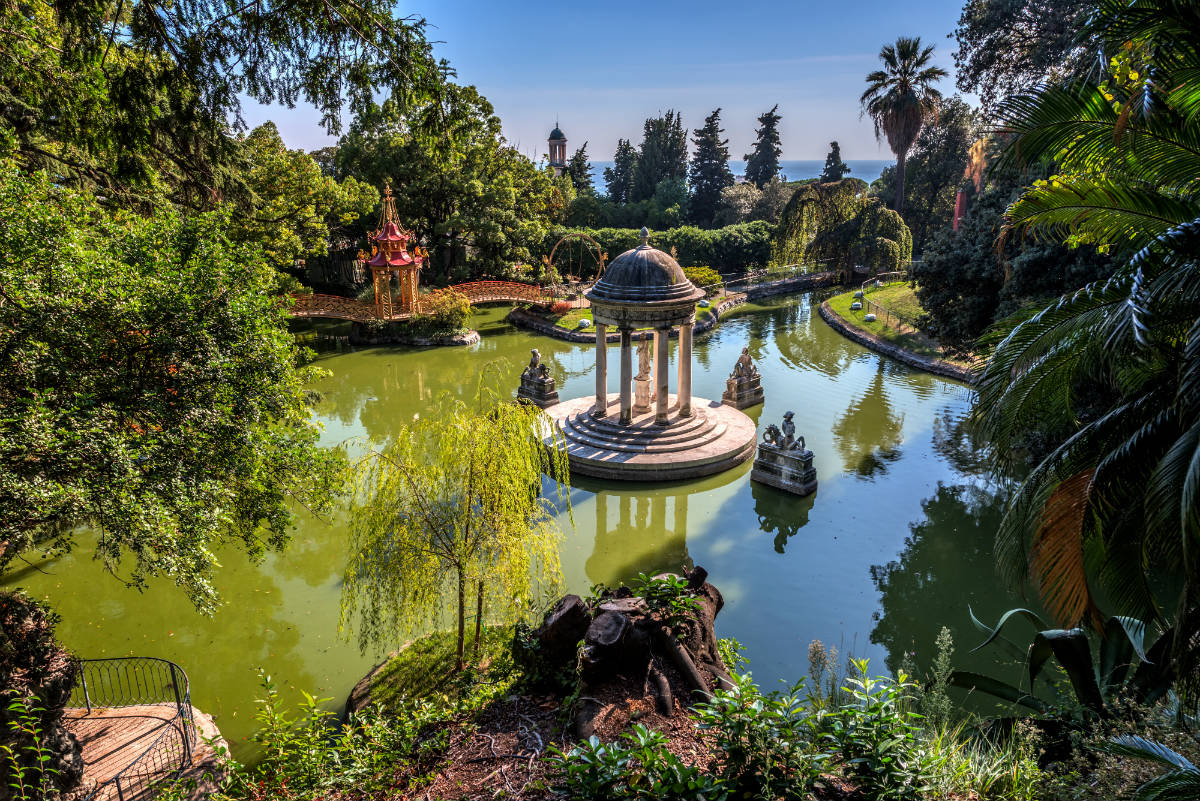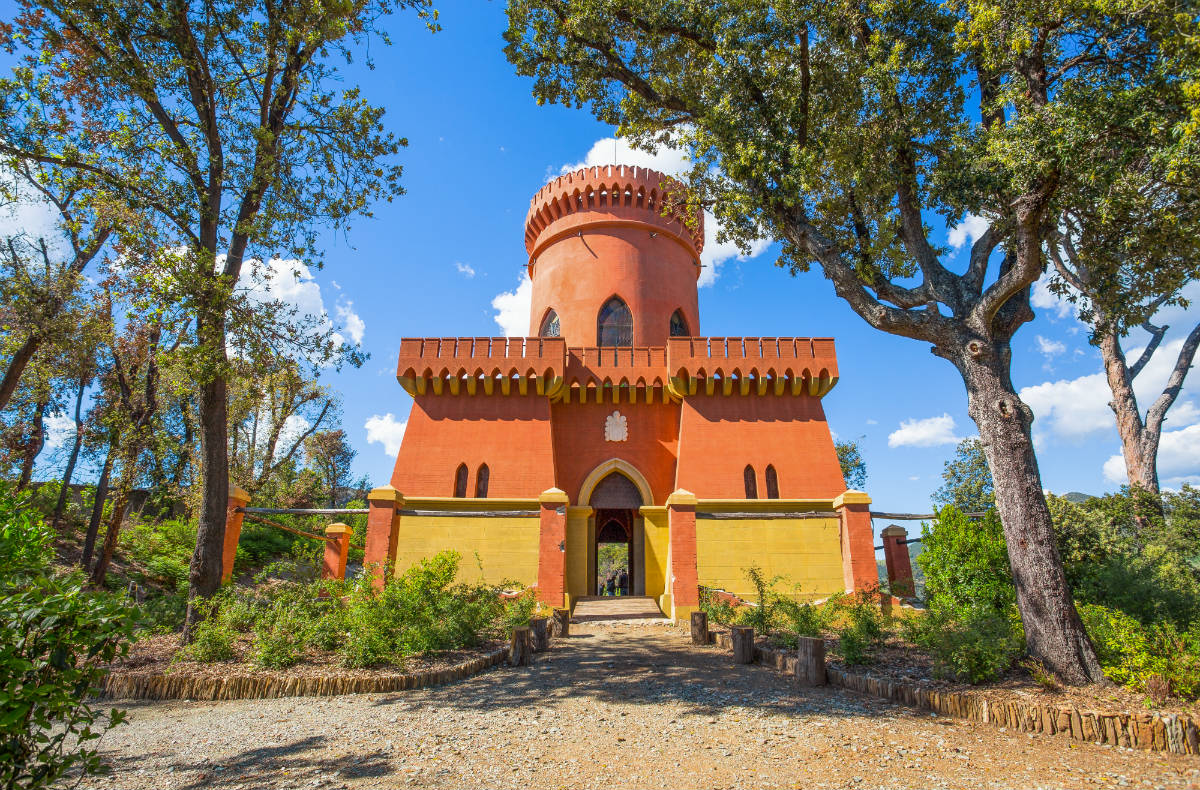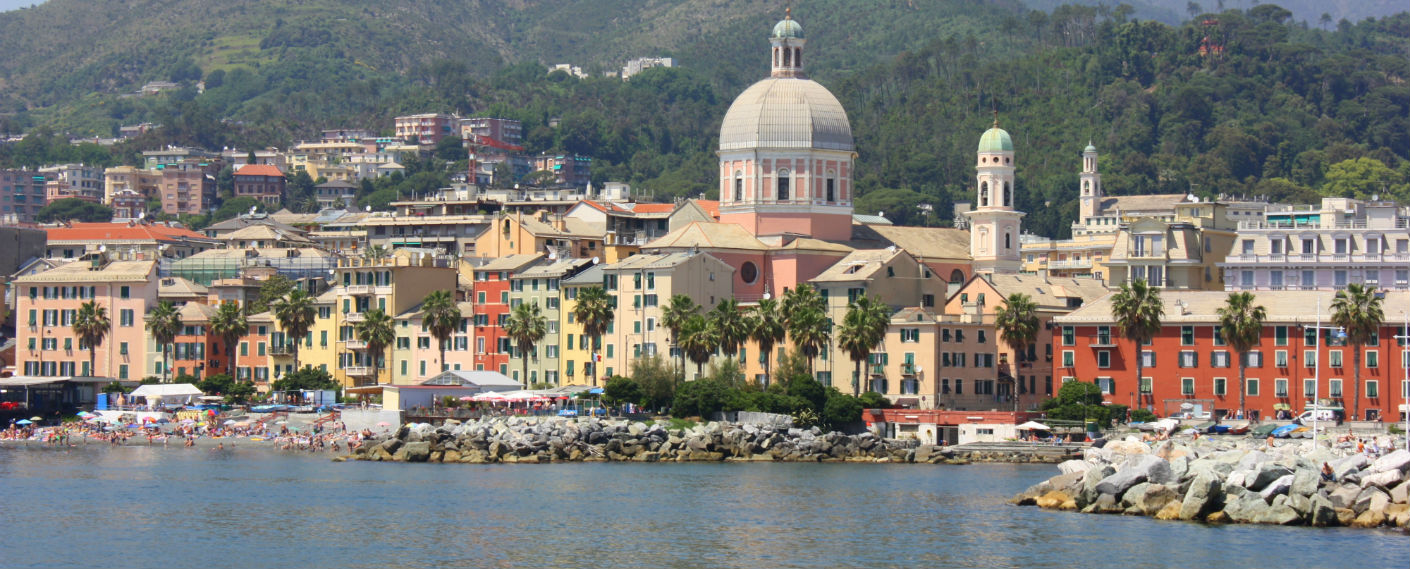Pegli
- Sea village
- UNESCO heritage
- Suitable for disabled people
About the village
Pegli (Pêgi, in the Ligurian dialect) is a seaside village of the Ponente Genovese, in Liguria. Despite as all the Ponente Genovese has been affected by industrial development after the Second World War, has retained most of its features of environmental merit that they had done in the past one of the destinations of favorite residence of noble and wealthy bourgeois and today is the residential district of greater merit in the Ponente.
Its name derives from the ancient "Pyla Veituriorum" founded, as others in the area, from the Ligurian tribe of Veturii. The term "Pyla" could derive from the Greek "pylae" (pitch between the mountains), with reference to the ancient paths that from the shoreline sailed up the valley of Varenna then crossing the Apennines, directed toward Piedmont.
The ancient Pyla Veituriorum was founded by the Ligurians Veturii at the outlet to the sea of Val Varenna, at the beginning of a path created spontaneously along the mountainous ridges toward Le Capanne di Marcarolo, in antiquity important trading center. Until the sixteenth century the country, although quite populated, especially by fishermen and farmers, should not have a particular importance, neither commercial nor as a place of stay of the patrician families; it was equipped with a small harbor, suitable for the boats of the fishermen but not for the mooring of vessels of large size.
From the middle of the sixteenth century along the medieval road linking Genoa with the countries of the Riviera di Ponente, improperly called "Via Antica Romana", sprang up prestigious suburban residences of some rich patrician families the Genoese, and in particular of the family Lomellini, present at Pegli with numerous properties, among which several buildings, some of which are still intact today. Among these the Villa Lomellini Rosa (in the current viale Modugno), the villa Lomellini-Banfi, Palazzo Lomellini of Porticciuolo (today Mediterranèe Hotel) and the Villa Lomellini Rostan to Multedo.
In that same period the Lomellini, who had obtained in granting the island of Tabarca, overlooking to the Tunisian coasts, there did transfer almost three hundred families, for the most part pegliesi who dedicated themselves to the coral fishing. The presence of "tabarkins" on the island lasted till the half of the XVIII century, when their descendants had to relocate to Carloforte, in Sardinia, where still today we talk the tabarchino, a variant of the Ligure derived from the ancient dialect pegliese. The Ligurian Republic under Napoleon, annexd in 1805 to the French Empire, in 1814, as a result of the decisions of the Congress of Vienna passed to the Kingdom of Sardinia, and with it also the municipalities of Pegli and Multedo.
From the mid-nineteenth century and up to the first world war the aristocrats and members of the high bourgeoisie, Italians and Europeans, spent the winter season in villas and hotels, while during the summer the rich families in the north of Italy went Pegli for bathing in the sea. The presence of political personalities, nobles and artists of fame ratcheted in that period the prestige of the town. Among the most illustrious guests include the princes of Germany, exponents of the house of Savoy and writers such as George Sand, Alfred de Musset, August Strindberg, Franz Kafka, Arrigo Boito and others.
Village of Pegli
Municipality of Genoa
Province of Genoa
Region Liguria
Inhabitants: 26.135 pegliesi
Altitude center: 19 m a.s.l.
Unesco site:
Genoa: Le Strade Nuove and the system of the Palazzi dei Rolli
The Municipality is part of:
City of Art and Culture CIDAC
City and world heritage sites Unesco
Protected Natural Areas:
Parco Naturale Regionale del Beigua
sanctuary for marine mammals
57.92 Kilometers from Pegli
13.34 Kilometers from Pegli
18.28 Kilometers from Pegli
31.22 Kilometers from Pegli
28.18 Kilometers from Pegli
49.09 Kilometers from Pegli
BY CAR
- Traveling on the highway, the closest exits to the center of Pegli (Genoa) are:
- Genova Pegli exit (A10 Genova-Ventimiglia)
- Genova Prà exit (A10 Genova-Ventimiglia)
- Genoa barrier exit (A7 Milan-Genoa)
- Genova Bolzaneto exit (A7 Milan-Genoa)
ON THE TRAIN
- Genova Pegli station
- Genoa Pra station
- Genoa Piazza Principe station
- Genova Brignole station
BY PLANE
- Genoa airport situates
Sleep, eat, buy...
57.61 Kilometers from Pegli
57.39 Kilometers from Pegli
57.47 Kilometers from Pegli
57.86 Kilometers from Pegli
57.19 Kilometers from Pegli
28.59 Kilometers from Pegli
57.87 Kilometers from Pegli
57.87 Kilometers from Pegli

